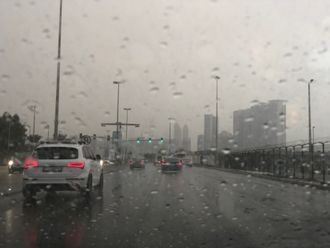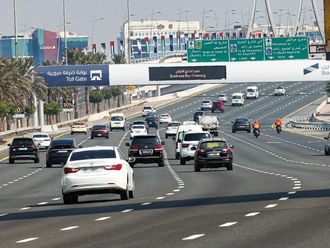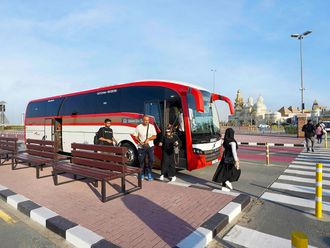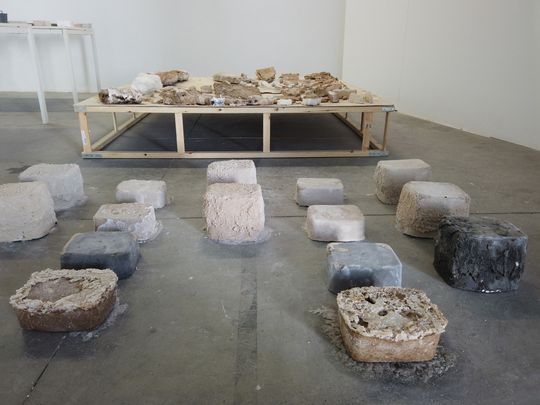
Dubai: Inspired by the UAE’s vast salt flats (sabkha in Arabic), two Dubai architects are presenting not only a viable alternative to conventional cement but also a solution to preventing desalinated brine from getting back into the seas.
Lebanese expat Wael Al Awar and Japanese national Kenichi Teramoto said salt can be developed as a natural and renewable alternative to Portland cement, which is the most common type of building material around the world.

The duo will present their trailblazing solution in an exhibition titled Wetland at the 17th International Architecture Exhibition of the Venice Biennale in May next year.
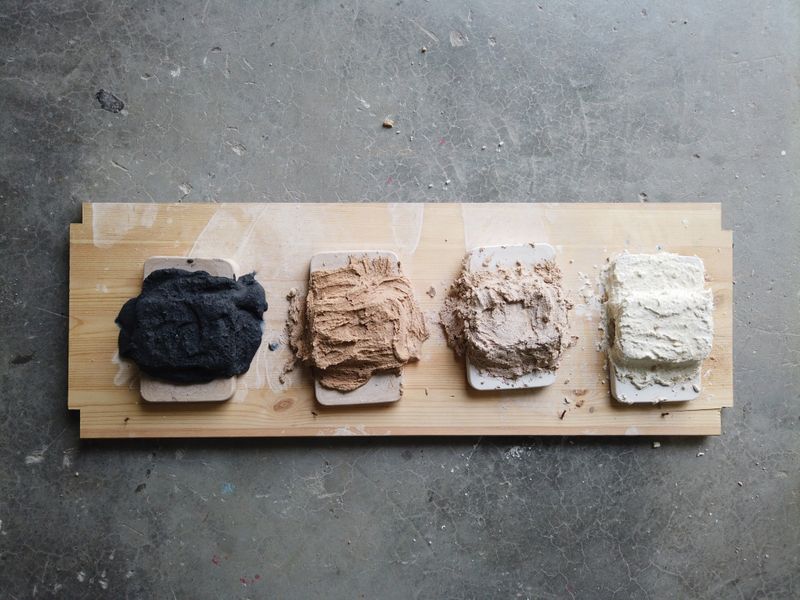
“The cement industry accounts for eight per cent of all greenhouse gas emissions – during its production of concrete, which is the world’s second most highly-consumed material – so developing an alternative construction material without this high environmental impact is vital for shaping a sustainable future,” said Al Awar and Teramoto, who are the principal architects of waiwai design (formerly known as ibda design).
The duo noted five per cent of the UAE’s land mass is made up of sabkha or salt flats.
“Sabkha are among the UAE’s richest geological features, and their mineral makeup has the potential to create a renewable, natural building material that is equivalent in scale, cost and strength to Portland cement,” they explained.
“Through the Wetland exhibition project, we are experimenting with unlocking this potential through a process of scientific research. If we want to decrease carbon levels, we are going to have to use new methods of building by finding new construction materials,” they added.
The UAE National Pavilion at the Venice Biennale will be made from magnesium-based cement and not yet brine-based. “The research is still early and it should go through the natural process of experiments and trial and error to get somewhere,” Al Awar said in an interview.
Blast from the past
Salt rocks have been used centuries ago to build houses and fortresses. One such edifice is the Shali Fortress, located in Egypt’s Siwa Oasis. The13th-century fortress was built from salt rocks from the domestic salt lakes and mud.
Blocks were hewn from salt flats and used to build the medieval town close to the Libyan border.

But rather than mining the delicate sabkha, which are actually vital in combating climate change because of their ability to absorb carbon dioxide, Al Awar and Teramoto said they have found brine as viable alternative.
They noted the UAE relies heavily on desalination to meet its water requirements. The process, however, produces roughly 28 million cubic metres a day of brine as byproduct.
Discharging brine into the sea can harm marine life and preserving sabkha is vital.
So, the solution found by the two was to procure salt from brine in desalination plants. Instead of having the residual brine thrown back into the sea which could harm marine life due to increased salinity levels, they experimented on a building material that can meet the challenges of the 21st century.
Building for tomorrow
Brine contains magnesium minerals and the duo worked with several universities in the UAE and Japan to develop magnesium-based cement from brine.
Magnesium was extracted from brine and cast into blocks of cements which were tested in the country before being sent to Japan for further strength and rigidity tests.
Al Awar and Teramoto said the precast blocks could be used to construct a one-floor building but their aim is to develop it for use in multi-level buildings.
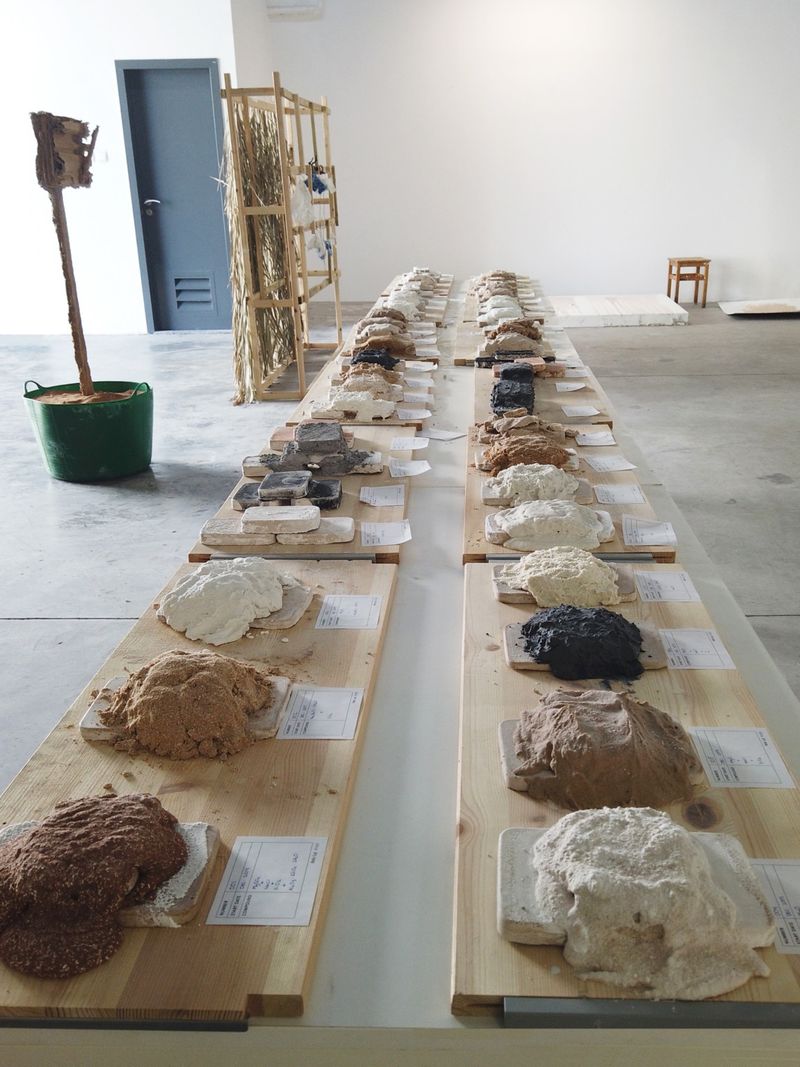
More has to be done to further improve the casting methodology but the duo cofirmed the magnesium-based cement can “perform to the equivalent of Portland cement.”
Meanwhile, Laila Binbrek, coordinating director, National Pavilion UAE – la Biennale di Venezia, noted: “Their work, which draws inspiration from one of the UAE’s most abundant and unusual natural resources, is about living in balance with our planet.”
What are salt flats?
Salt flats (sabkha in Arabic) are dried-up desert lakes. They are covered with salt and other minerals and they oftentimes look white because of the salt presence. They generally form in deserts and other arid places where large bodies of water have dried up over thousands of years and the salt and other minerals are the remnants.


